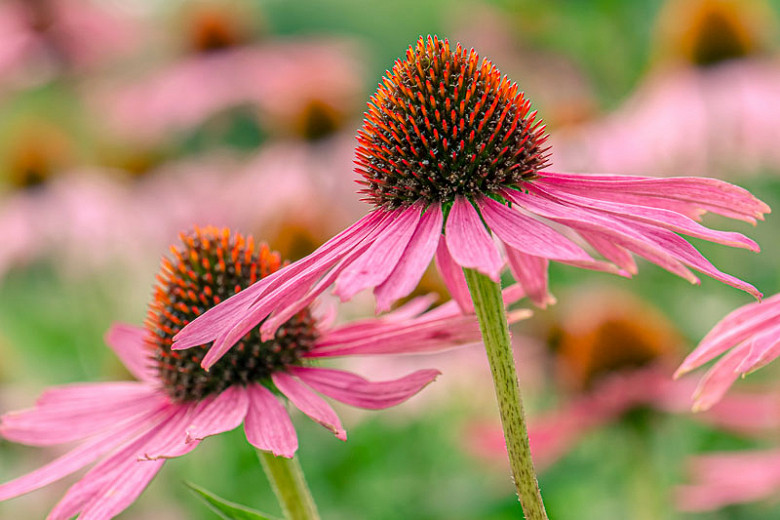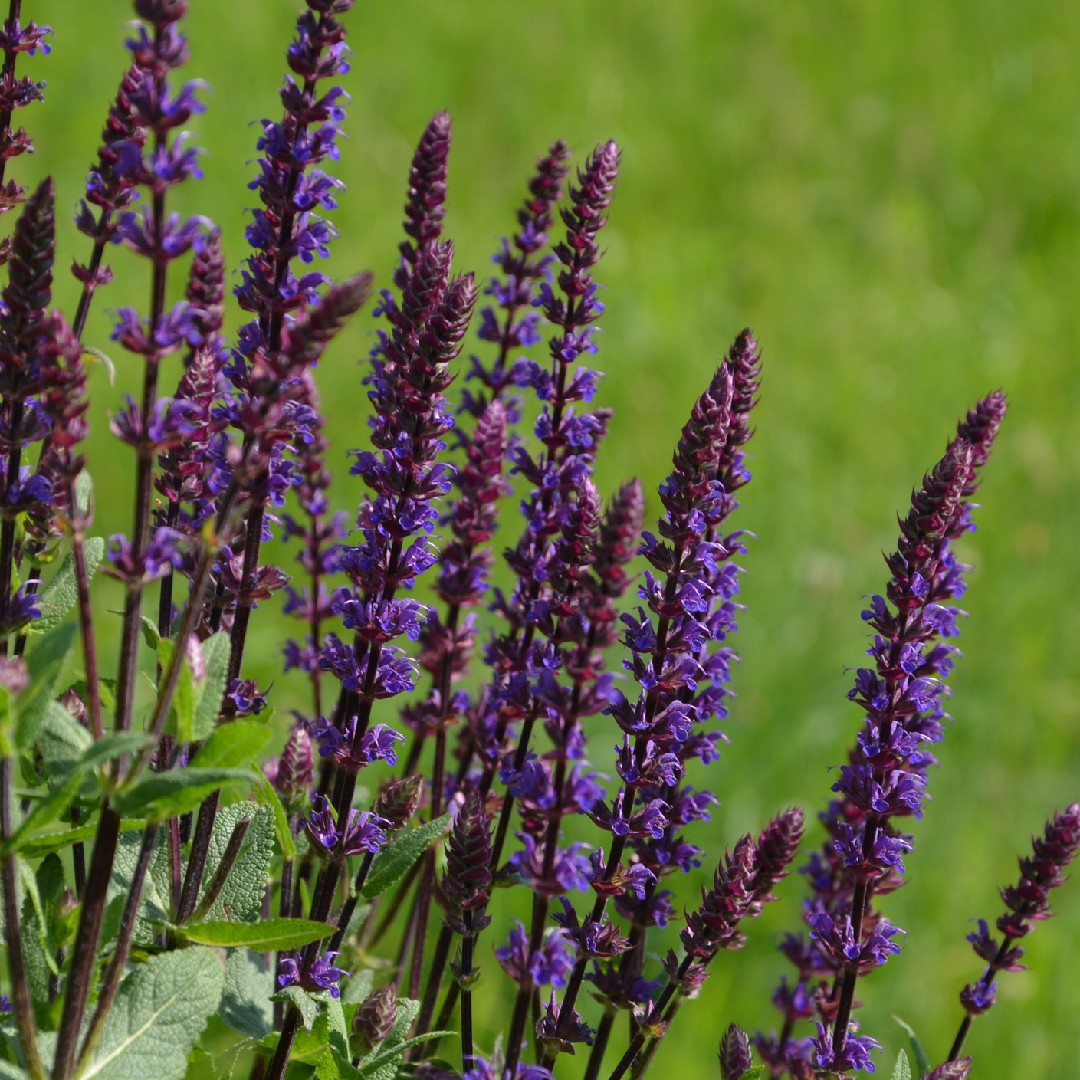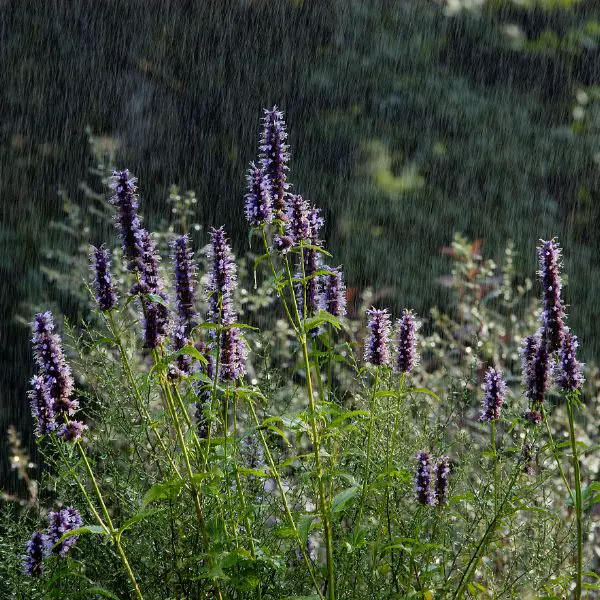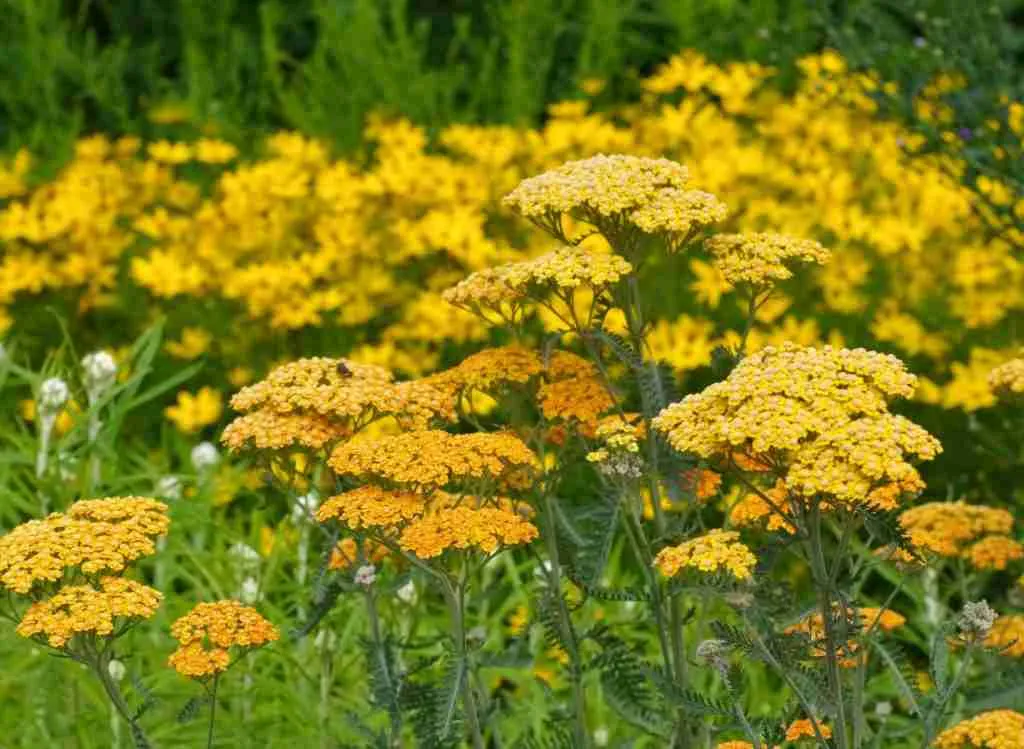Amazing Companion Plants For Penstemon Digitalis
Amazing Companion Plants for Penstemon Digitalis
Penstemon digitalis, commonly known as foxglove beardtongue, is a beautiful and versatile perennial plant. It is native to North America and can be found growing in a variety of habitats, from prairies to forests. Foxglove beardtongue is known for its tall, spikes of white or purple flowers that bloom in late spring and early summer.
In addition to its attractive flowers, foxglove beardtongue is also a valuable addition to the garden because it attracts pollinators such as bees, butterflies, and hummingbirds. It is also deer-resistant and drought-tolerant, making it a low-maintenance plant.
If you are considering adding foxglove beardtongue to your garden, you may be wondering what companion plants would work well with it. Here are a few suggestions:
- Baptisia australis (blue false indigo): This tall, spiky plant blooms in shades of blue and purple, providing a complementary color scheme to foxglove beardtongue. Blue false indigo is also a good nectar source for pollinators.
- Liatris spicata (spicy blazing star): This native wildflower blooms in shades of pink, purple, and white, and it attracts a variety of pollinators. Liatris spicata is also a good choice for attracting butterflies.
- Monarda fistulosa (wild bergamot): This aromatic perennial is known for its bright pink or purple flowers and its lemony scent. Wild bergamot is another good nectar source for pollinators.
- Rudbeckia fulgida var. sullivantii (goldsturm): This tall, daisy-like flower blooms in shades of yellow and orange, and it is a magnet for butterflies. Rudbeckia fulgida var. sullivantii is also deer-resistant and drought-tolerant.
- Echinacea purpurea (purple coneflower): This familiar wildflower is another good choice for attracting butterflies. Echinacea purpurea blooms in shades of pink, purple, and white, and it is also a good source of nectar for bees.

- Agastache foeniculum (blue giant hyssop): This tall, airy plant blooms in shades of blue, purple, and white, and it has a strong, minty scent. Agastache foeniculum is a good choice for attracting bees and butterflies.

- Salvia nemorosa (garden sage): This hardy perennial blooms in shades of blue, purple, and white, and it is a good source of nectar for bees. Salvia nemorosa is also deer-resistant and drought-tolerant.

These are just a few suggestions for companion plants for foxglove beardtongue. When choosing companion plants, it is important to consider the plant's size, color, and bloom time. You should also consider the plant's growing conditions, such as its sun and soil requirements.
By carefully selecting companion plants, you can create a beautiful and inviting garden that will attract pollinators and other wildlife.
Penstemon digitalis, also known as foxglove beardtongue, is a beautiful perennial plant that blooms in shades of white, pink, red, and purple. It is a popular choice for gardens because it is drought-tolerant and attracts pollinators.
When choosing companion plants for penstemon digitalis, it is important to consider the plant's needs in terms of sunlight, soil type, and moisture. Some good companion plants for penstemon digitalis include:
- Hydrangea quercifolia (oakleaf hydrangea)
- Fothergilla gardenii (dwarf fothergilla)
- Baptisia australis (false indigo)
- Rudbeckia fulgida var. sullivantii 'Goldsturm' (black-eyed Susan)
- Amsonia tabernaemontana (blue star)
- Sisyrinchium angustifolium (blue-eyed grass)
For more information about companion plants for penstemon digitalis, please visit Gardenia Inspiration.
FAQ of penstemon digitalis companion plants
Q: What are good companion plants for Penstemon digitalis?
A: Penstemon digitalis is a tall, upright plant with white flowers that blooms in mid-spring to early summer. It is native to eastern Canada and the eastern and southeastern United States. Some good companion plants for Penstemon digitalis include:
- Coneflowers (Echinacea spp.): Coneflowers are tall, daisy-like flowers that bloom in a variety of colors, including purple, pink, and white. They attract butterflies and other pollinators, and they can help to deter pests.
- Bee balm (Monarda spp.): Bee balm is a fragrant herb with purple, pink, or white flowers. It attracts bees, butterflies, and hummingbirds, and it can help to repel mosquitoes.
- Yarrow (Achillea millefolium): Yarrow is a tall, hardy perennial with white, yellow, or pink flowers. It is drought-tolerant and deer-resistant, and it can help to attract beneficial insects.
- Daylilies (Hemerocallis spp.): Daylilies are long-blooming perennials with large, colorful flowers. They are easy to care for and deer-resistant, and they can help to fill a sunny spot in your garden.
- Black-eyed Susans (Rudbeckia hirta): Black-eyed Susans are tall, daisy-like flowers with yellow petals and a black center. They are easy to grow and deer-resistant, and they can help to attract butterflies and other pollinators.
Q: What are the benefits of planting companion plants with Penstemon digitalis?
A: There are several benefits to planting companion plants with Penstemon digitalis. Companion plants can help to:
- Improve the health and appearance of Penstemon digitalis.
- Attract beneficial insects and repel pests.
- Help to retain moisture in the soil.
- Provide ground cover to prevent weeds from growing.
- Add color and interest to the garden.
Q: How far apart should Penstemon digitalis companion plants be planted?
A: The spacing between Penstemon digitalis companion plants will depend on the size of the plants. In general, you should space companion plants about 1-2 feet apart. This will give them enough room to grow and spread.
Q: When should I plant Penstemon digitalis companion plants?
A: You can plant Penstemon digitalis companion plants in the spring or fall. If you are planting in the spring, wait until the soil has warmed up to at least 60 degrees Fahrenheit. If you are planting in the fall, plant before the first frost.
Q: How do I care for Penstemon digitalis companion plants?
A: Penstemon digitalis companion plants are relatively easy to care for. They need full sun and well-drained soil. Water them regularly, especially during the summer months. Fertilize them once a year in the spring with a balanced fertilizer.
Image of penstemon digitalis companion plants
5 different images of "penstemon digitalis companion plants" from Pinterest:
- Black-eyed Susan: This tall, daisy-like flower blooms in yellow, orange, or red and attracts butterflies and bees.

- Salvia: This genus of flowering plants includes many species that bloom in shades of blue, purple, and pink. Salvia attracts butterflies and hummingbirds.
- Aster: This genus of flowering plants includes many species that bloom in shades of blue, purple, and pink. Aster attracts butterflies and bees.

- Bee balm: This native North American wildflower blooms in shades of pink, red, and purple. Bee balm attracts butterflies and bees.

- Yarrow: This hardy perennial blooms in shades of white, yellow, and pink. Yarrow attracts butterflies and bees.


Post a Comment for " Amazing Companion Plants For Penstemon Digitalis"